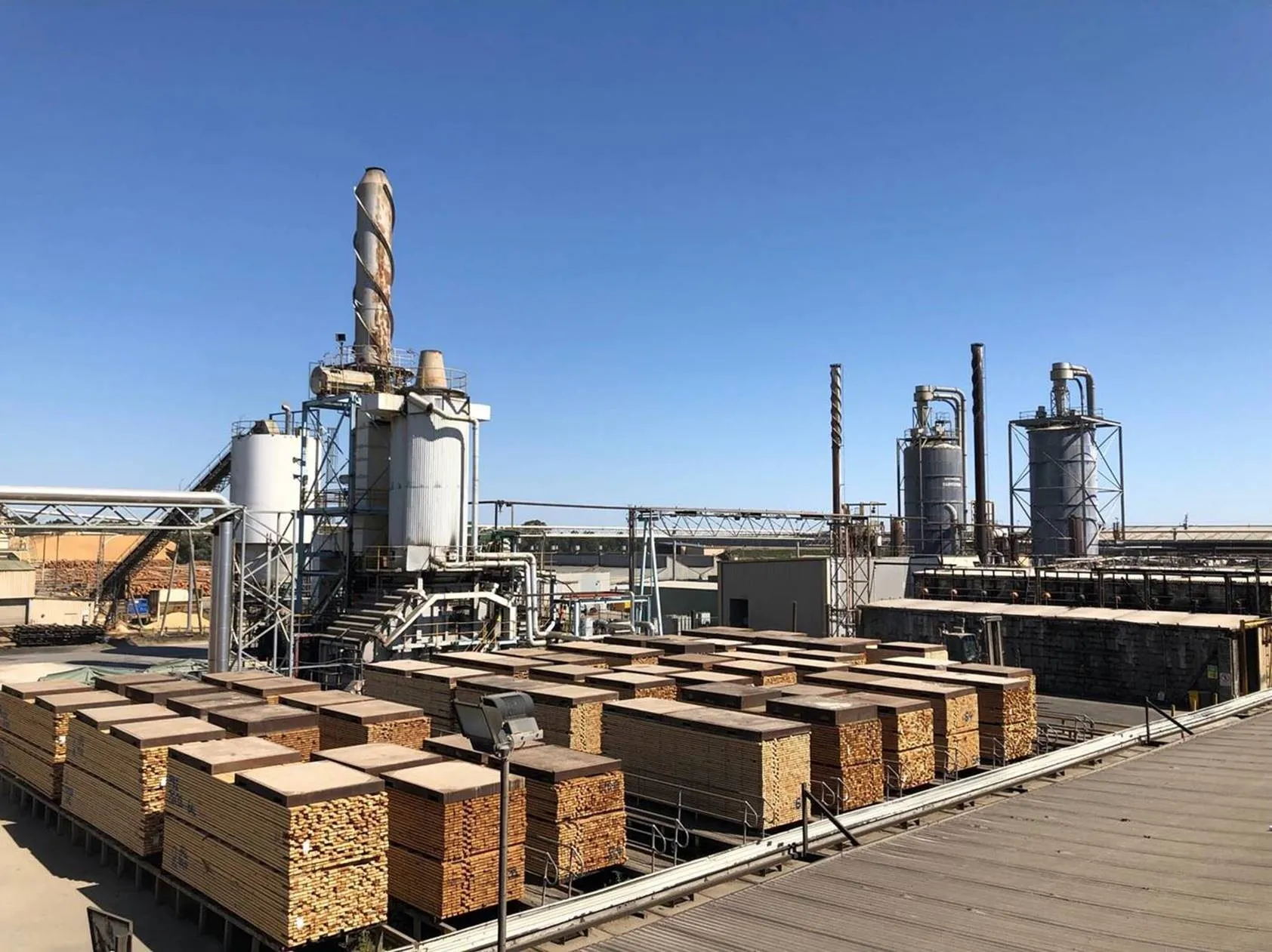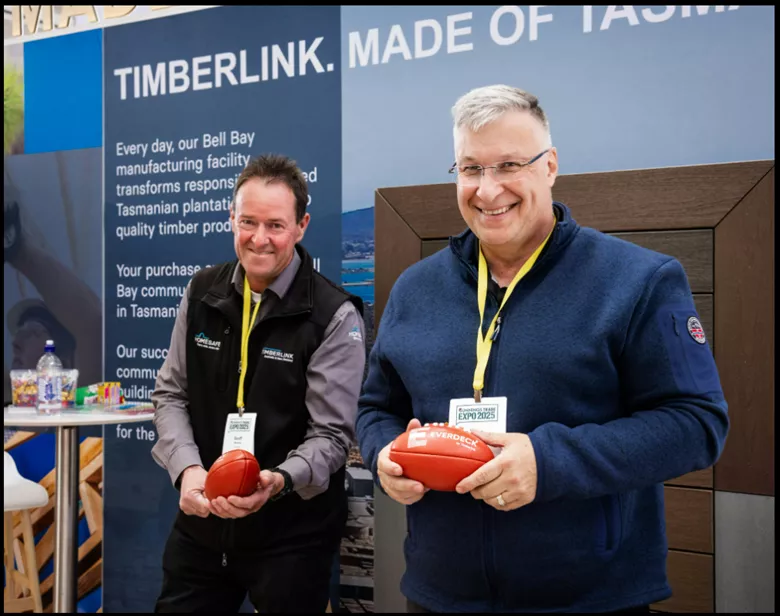Timberlink to reduce scope 1 and 2 emissions by 53%
Timberlink commits to reduce greenhouse gas emissions 53% by 2030
Timberlink’s is proud to be an industry leader in announcing carbon reduction targets. These have been verified and approved by the Science Based Target initiative (SBTi). Using FY18 as a base year, we have committed to reduce scope 1 and 2 greenhouse gas emissions by 53% per by 2030.
Timberlink is just the 9th company in Australia to commit to these reductions with SBTi, we are the first in the forestry sector in Australia and just the 3rd in the forestry sector in the world.
Timberlink’s overall target encompasses all 3 corporate greenhouse gas reporting scopes, while embedded within that target is a commitment to reduce combined Scope 1 and 2 emissions by 53% per m3 and to reduce Scope 3 emissions by 20% per m3 throughput by 2030. The target boundary includes biogenic emissions and removals from bioenergy feedstocks.
CEO Ian Tyson said, “Our Scope 1 and 2 commitment is aligned with the more ambitious 1.5°C of warming target, which represents raised ambitions relative to the base target of below 2°C of warming as set in the Paris Agreement. Making us a leader in our industry, something which we are very proud of.”

Our Bell Bay mill, Northern Tasmania
Corporate greenhouse gas emissions are classified across three scopes. Scope 1, from direct emissions such as fuel used in forklifts; Scope 2, from indirect emissions from purchased electricity; and Scope 3, from indirect emissions from supply chain sources including log harvest and haulage, downstream haulage and the processing of sold products.
Mr Tyson explained, “Timberlink is able to commit to significantly greater reductions in scopes 1 and 2 as they are under our direct control. Reducing emissions in these areas can be achieved through measures such as using renewable electricity on site. Our Scope 3 target will require us to partner with our supply chain and customers to find greater emissions reductions as well.”
SBTi defines and promotes best practice in science-based target setting and independently assesses and approves companies’ targets. These targets must be aligned with the Paris Agreement, which aims to limit global temperature rise this century to well below 2°C above pre-industrial levels and to pursue efforts to limit the temperature increase even further to 1.5 degrees Celsius.
Timberlink’s Chair David Brand noted, “Having an approved target under the SBTi is a real demonstration of leadership by Timberlink in the forestry sector. We believe that the wood products manufacturing sector has an important role to play in the transition to a low-carbon economy in alignment with the Paris Agreement. Wood is a sustainable, renewable material, and we should also aspire to minimise climate impacts in our operations. Congratulations to the Timberlink team for this achievement and all the hard work that went into it.”
The target has been officially endorsed by the SBTi. The SBTi is a collaboration between not-for-profit CDP (Carbon Disclosure Project), the United Nations Global Compact (UNGC), World Resources Institute (WRI), and the Worldwide Fund for Nature (WWF).


